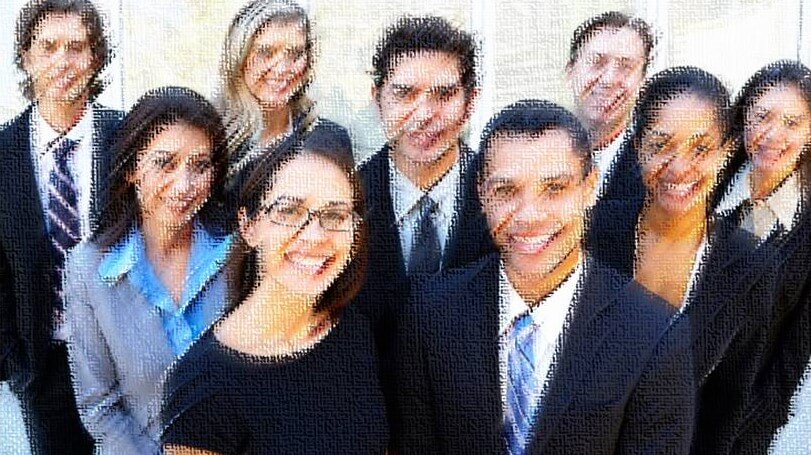In Patrick Lencioni’s best-selling book, The Five Dysfunctions of a Team (2002), he observes that “Not finance. Not strategy. Not technology. It is teamwork that remains the ultimate competitive advantage, both because it is so powerful and so rare.” In today’s business scenario teams have come to be considered as the game changer in delivering competitive advantage.
But what is evidence of teamwork? How do you know if you have a great team? Collaboration, of course. If your team is collaborating, you have high everything. High productivity, high quality, high speed, high morale, high happiness. But if it isn’t collaborating well, it’s not a team, it’s just a roomful of people sharing the same coffee machine. You have low everything.
So if collaboration is the destination, what is the journey? How do you get there?
He says that the problem is ‘organizational drag’. He found that the average mid-level manager works 46 hours a week. 23 hours are dedicated to meetings and another ten hours to ecommunication. That leaves 13 hours to get some work done — except that it doesn’t. “It’s difficult to do deep work in periods of time less than 20 minutes. When we subtracted all the other distractions that happen daily, we were left with just six and a half hours each week to do work.”
Six and a half hours of work out of a 46 hour week. That’s some drag.
But Michael says that you can make up for organisational drag in three ways: “First, you can make better use of everyone’s time. Second, you can manage your talent better by deploying it in smarter ways, which includes placing it in the right roles, teaming it more effectively and leading it more effectively. Third, you can unleash the discretionary energy of your workforce by engaging them more effectively.”
We completely agree and all three of these points can be satisfied by smart collaboration. Not only that, we have a method of achieving smart collaboration and it comes in just two steps.
First, as Michael says above, make sure everyone is in the right roles. This requires you to understand every employee’s natural strengths and talents and make sure they are using those talents most of the time at work. After all, people can only achieve excellence when they enjoy what they do. When they’re using their talents, they’re not working, they’re enjoying themselves. Then they can achieve excellence. Method Teaming® is the toolset to achieve this.
Once everyone is talent-aligned with their work, you can now put them together in teams. Method Teaming is also used here. This is the second step and it’s when smart collaboration happens. Yes, I said ‘happens’. It takes off by itself. In other words, by building teams where everyone is networking their fully-engaged talents, you get smart collaboration. People are able to help their colleagues more and they get better help in return. Innovation goes up, speed goes up and drag goes down. It’s the best of all worlds.
Michael says that organizations that manage their talent like this can expect a 40% improvement in productivity compared to average companies. Just think what that means to labour costs. 40% more work without 40% more payroll. How are you going to spend the extra profits? Investment or dividends? That’s a nice decision to make.
Or you can carry on doing dumb collaboration and struggle to stay in existence.
If you like the idea of game-changing smart collaboration, get in touch and we’ll show you how Method Teaming can help you.


